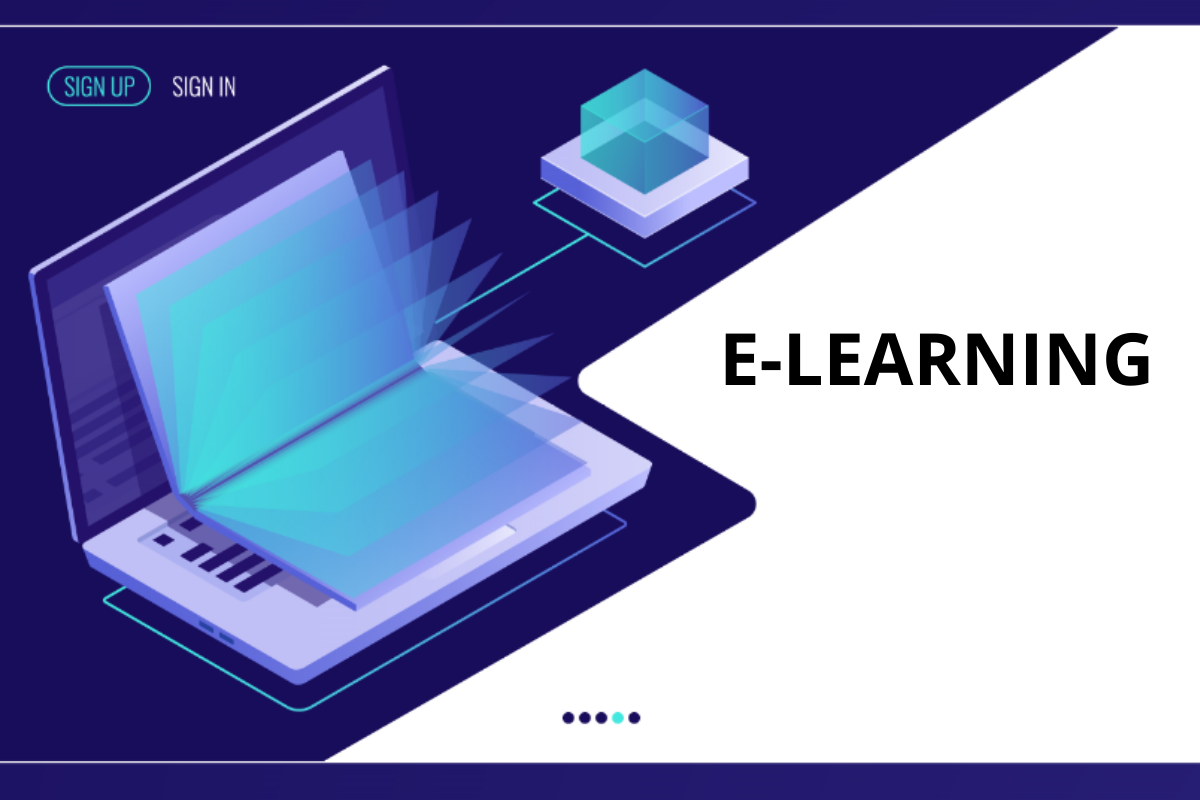E-learning in the workplace has been one of the most significant developments in the last few years in the area of corporate learning and development. It has changed the way organizations administer their learning and development initiatives ensuring continuous learning. With constant technological advancement, employees need to develop skills at a faster pace with relevant and customized content that they can access as and when they want. E-learning can address these needs, if planned and administered properly. However, there are some e-learning challenges that L&D professionals must navigate to ensure effective skill development and learning.
Some of the key e-learning challenges are as follows:
Lack of motivation: This is one of the key barriers that e-learning experts have cited. While it might be interesting at first, the engagement levels start dropping soon. Anyone who has access to the internet is exposed to so much content that they end up getting diverted easily. Sometimes the content can also be extremely text heavy and the learners might find it difficult to stay engaged.
To ensure maximum attention and engagement, the e-learning content needs to be highly interactive and immersive, and needs to be in line with the interests and goals of the learners. They must be able to see value in the course to participate actively. Also, tools like microlearning and gamification can help in creating an adaptive learning process. Also, giving the opportunity to learners to generate their own learning content, which can be reviewed by subject matter experts, can lead to a major shift in mindset and show excellent results.
You might also be interested to read: Purpose Of Education – Is It Just A Mere Tool For Entering The Workforce?
Ineffective e-learning content: Most often subject matter experts (SME) are not very familiar with the world of e-learning. Finding someone with previous experience of instructional design or equipping them with instructional design principles can go a long way in creating engaging content for e-learning. Content overload is another major e-learning challenge that most learners face. It can have an adverse effect on retention, making the learning ineffective. An experienced SME is required to create modules with clear learning objectives. This way, the learner would have a clear indication of what each module contains and whether it is relevant to their goals and objectives or not.
Wrong technology: Several organizations still use rudimentary platforms that have limited functionality. Such initiatives fail to create a continuous learning process that is effective for both trainers as well as learners. Even when organizations employ good pedagogy, it has to be supported by good technology. Good e-learning content requires structured and logical navigation to help learners find their way through the content. If there are too many pages, too many clicks or the navigation is confusing, it will obstruct the flow and the learning experience. The wrong platform can negate the benefits of the best of content.
There are several e-learning tools and platforms available in the market and choosing the right one is one of the key e-learning challenges. It is best to make a list of essential features and then go through several demos and free trials before finalizing the best platform. Also, e-learning must not be restricted to desktop and the learners must be able to access the content on any device of their choice to ensure continuous learning. Choosing the right platform might be time consuming but it plays a critical role in establishing e-learning in the workplace.
Ineffective content design: There are several elements of content design that are critical to the creation of effective corporate learning and development programs. Even the best subject matter can be ineffective, if not designed appropriately. One of the biggest e-learning challenges, especially in technology-based industries, is maintaining engagement of learners in heavy and complex courses. Creating good e- learning templates, thus, becomes necessary to ensure sustained engagement. The learning management system should be able to provide the right mix of structure and freedom to the learners to make the learning process effective for them.
Another important aspect of design is ‘learning path’. While a structured learning path is necessary, it does not have to be linear or created in a way that textbooks are written. It should serve the learners with small chunks of relevant content and a learning path that can be customized by them. Presenting the information in a creative manner, also improves learner engagement drastically. Logical presentation along with graphics and pictures can break the monotony of plain text and involve the learners better. Also, the visuals create the first impression and can generate or break the interest at first glance. The aesthetics can also have a huge impact on how viewers perceive the credibility and usability of the available material.
Absence of quality feedback: Feedback and reward must be integrated in e-learning in the workplace. The platform must allow learners to give and receive feedback to enhance and encourage learning. Quick feedback after each module can ensure that learners stay engaged and move on to the next module swiftly. Though customized feedback with a human touch is more rewarding, even automated responses can make a lot of difference in employee engagement. Peer-to-peer feedback can further ensure an interactive experience.
Inadequate opportunities for application: The primary reason to take up a course is to acquire skills or knowledge that can be applied at work. Therefore, it is extremely important that the e-learning content is application based. Learners should also be able to review what they have learnt and how much progress they have made. One of the major e-learning challenges is the lack of opportunity to practice the newly acquired knowledge and skills. Learners must be given ample opportunities to apply what they have learnt along with continuous support.
Also, successfully learning new skills, inculcates a continuous learning mindset that can help them grow. If these e-learning challenges can be addressed effectively, organizations can go a long way in meeting their corporate learning and development targets. While online corporate training cannot completely replace face-to-face training programs, it can definitely enhance the learning process by making it more continuous, quick and relevant, which is the need of the digital era.
References:
- Overcoming the Challenges of eLearning – a Best Practice Guide- Emma Buckby, May 2019
- Where Companies Go Wrong with Learning and Development- Steve Glaveski, 02 October, 2019
- The Top 10 E- Learning Challenges L&D Pros Face Every day- Thomas Patterson






